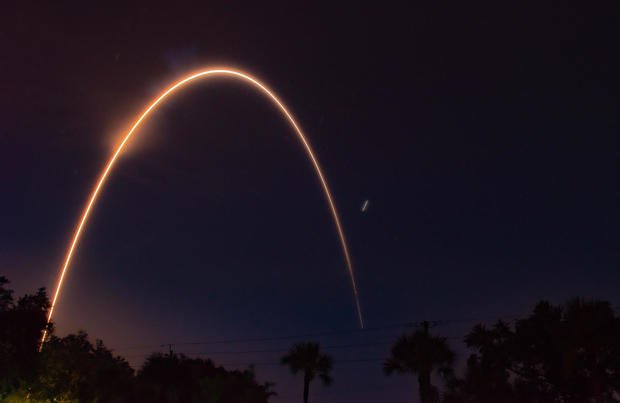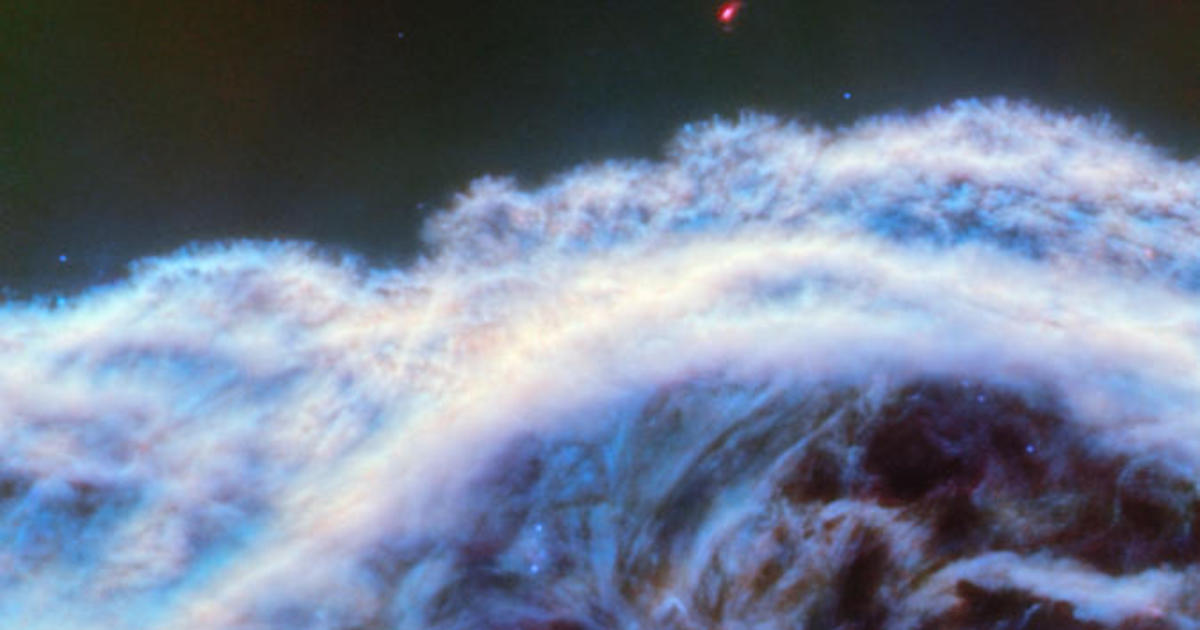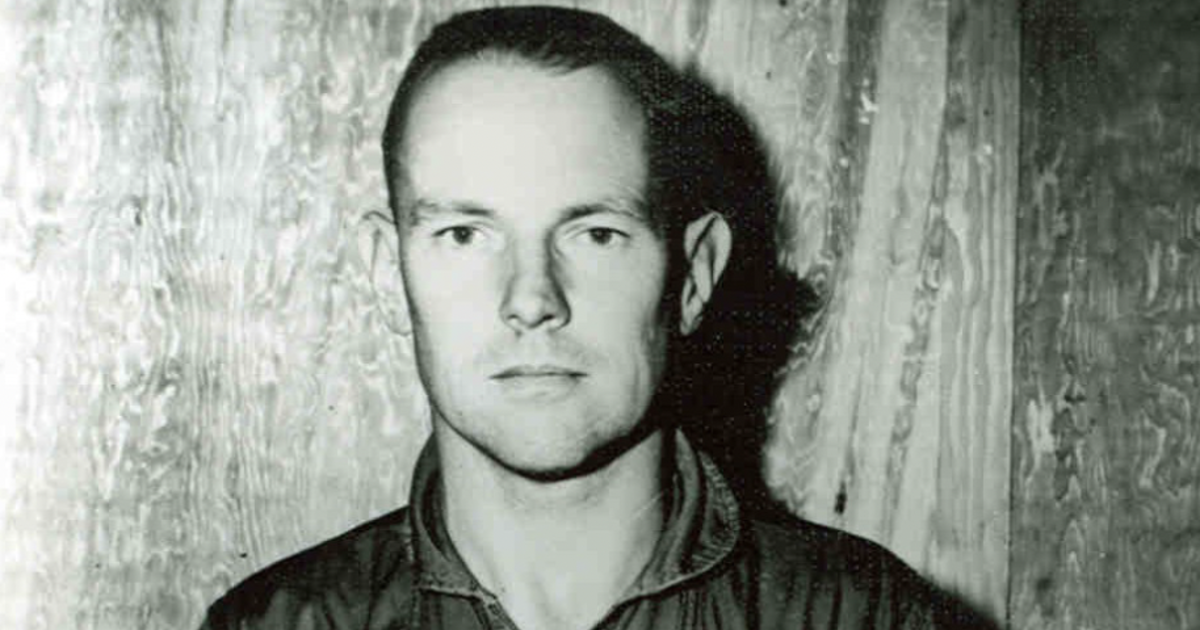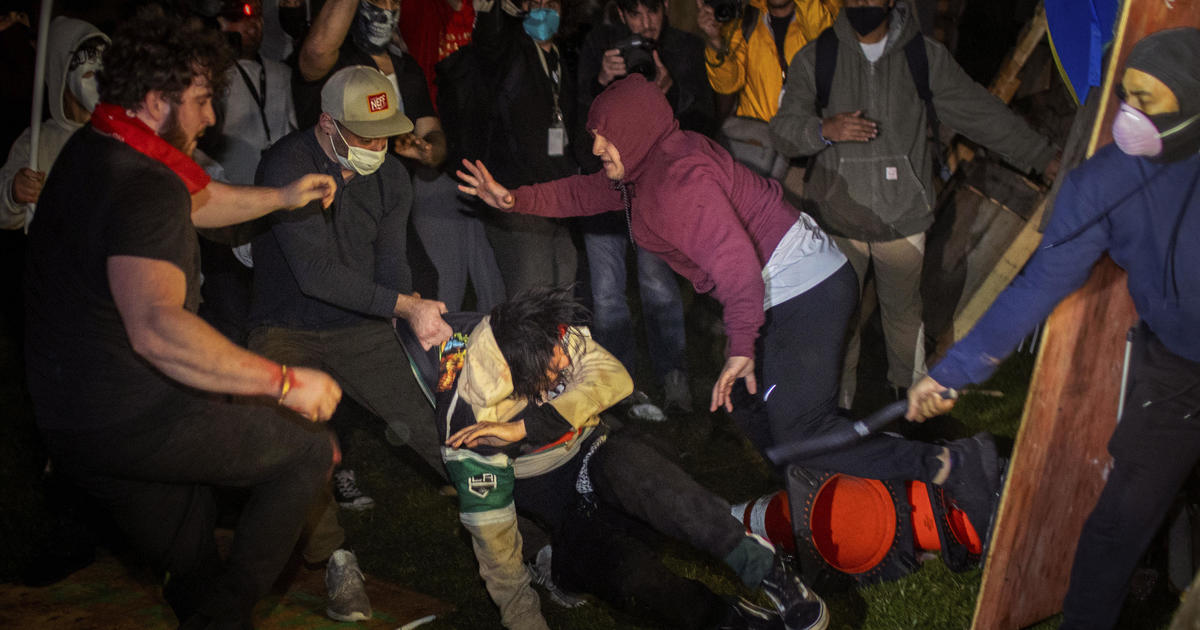SpaceX, United Launch Alliance, fire off rockets from both coasts
In a Thursday doubleheader, a SpaceX Falcon 9 rocket boosted 47 more Starlink internet satellites to orbit from California, followed by the liftoff of a United Launch Alliance Delta 4 Heavy rocket from Florida carrying a classified National Reconnaissance Office spy satellite.
The SpaceX flight got underway at 3:19 a.m. EDT when the Falcon 9, using a first stage booster making its fourth flight, blasted off from Vandenberg Space Force Base northwest of Los Angeles.
Nineteen minutes later, the Starlinks were released to fly on their own as the California rocket builder continues adding to a globe-spanning constellation of broadband relay stations. So far this year, SpaceX has launched 976 Starlinks, pushing the total launched to date to 4,642.
Two hours after the Starlink launch, at 5:18 a.m., ULA's next-to-last Delta 4 Heavy blasted off from the Cape Canaveral Space Force Station, putting on a spectacular pre-dawn show visible for miles around.
Liftoff came a day late because of problems with a valve in a launch pad system and again overnight with passing storms. But as expected, conditions dramatically improved as the morning wore on and the Delta 4 took off under a clear sky.
With its three Aerojet Rocketdyne RS-68A first-stage engines burning white hot, the massive triple-core rocket smoothly accelerated as it consumed propellants and lost weight, arcing to the east over the Atlantic Ocean atop 2.1 million pounds of thrust.
The two outboard common core boosters, burning liquid oxygen and hydrogen propellants, fell away four minutes after liftoff, followed by the central core booster about 90 seconds later. The flight continued on the power of a single hydrogen-burning RL10 engine powering the rocket's second stage.
Unlike SpaceX's Falcon family of rockets, the Delta's first stage boosters are not reusable and all three simply fell into the ocean after separation.
In keeping with standard practice for classified National Reconnaissance Office missions, ULA ended its mission commentary and webcast shortly after the second stage engine ignition and the remainder of the flight was carried out in secrecy. No details about the payload, its trajectory or final destination were released.
"These launches place critical capabilities into orbit for our nation and our allies in what are dynamic times for the space community," Maj. Gen. Stephen Purdy, program executive officer for Assured Access to Space, said in a pre-launch statement. "Every member of our launch team understands what's at stake."
It was the 44th launch of a Delta 4 rocket and the 15th of the D4 Heavy variant since its first flight in 2004. Only one more Heavy remains in ULA's inventory as the company phases out its Atlas 5 and Delta 4 families in favor of new Vulcan rockets.






